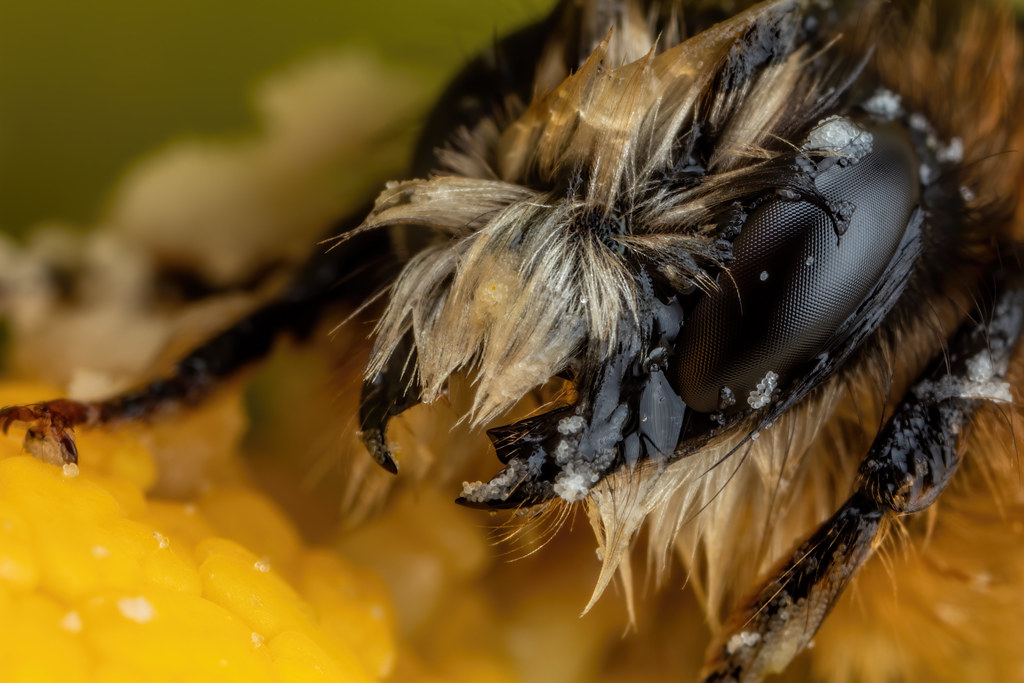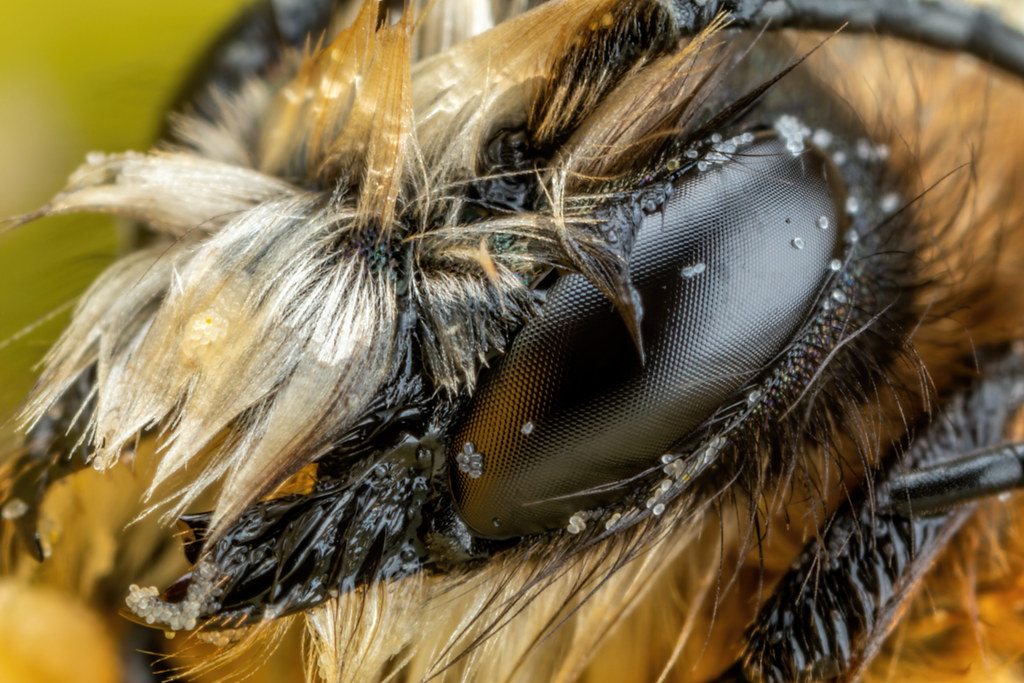aveslux wrote:Amazing work as always John, you always get the most I've ever out of that MP-E 65. Has your lighting diffusion setup changed recently? I believe you were trying out some new materials?
Thanks!
I modified my diffusers again last November -never seems to end as I'm always sweating the light. I've been using 1/4 stop white silk for a couple of years as an internal diffusion step, just getting better at creating some separation between the layers.
This video shows the design I was using before the last change, but it's still pretty close to what I'm using now. I'm happy with the way that the specular highlights look, although I'm always trying to improve the diffusion and at the same time lose no more than two stops because of it. Gotta keep the flash duration as short as possible cause it doesn't take much motion to amplify diffraction softening, especially since diffraction is already taking my lunch money at F11.
As for the depth of field: I pick an area where I want the focus to start, like the bee's mandibles, and then I twist the camera in my hand to lay the area of acceptable focus over the curve of the subject's head. The end result is a "magic angle" that creates the illusion that there is more depth in the scene than what's really available. I'm just not wasting it. I had to add "this is a single, uncropped, frame taken hand held" to the tech specs under my photos cause I got tired of people asking me "how many frames did you take for that stack?". Still get asked that question from time to time, I guess cause reading is hard

The muscle memory for creating those magic angles is automatic now -rarely have to think about it. Had a European Wool Carder bee wake up while I was shooting it last year and still managed to catch the "action shot":
 Wool Carder Bee on the Move
Wool Carder Bee on the Move by
John Kimbler, on Flickr
 Red Mason Bee by John Kimbler, on Flickr
Red Mason Bee by John Kimbler, on Flickr Red Mason Bee II by John Kimbler, on Flickr
Red Mason Bee II by John Kimbler, on Flickr

